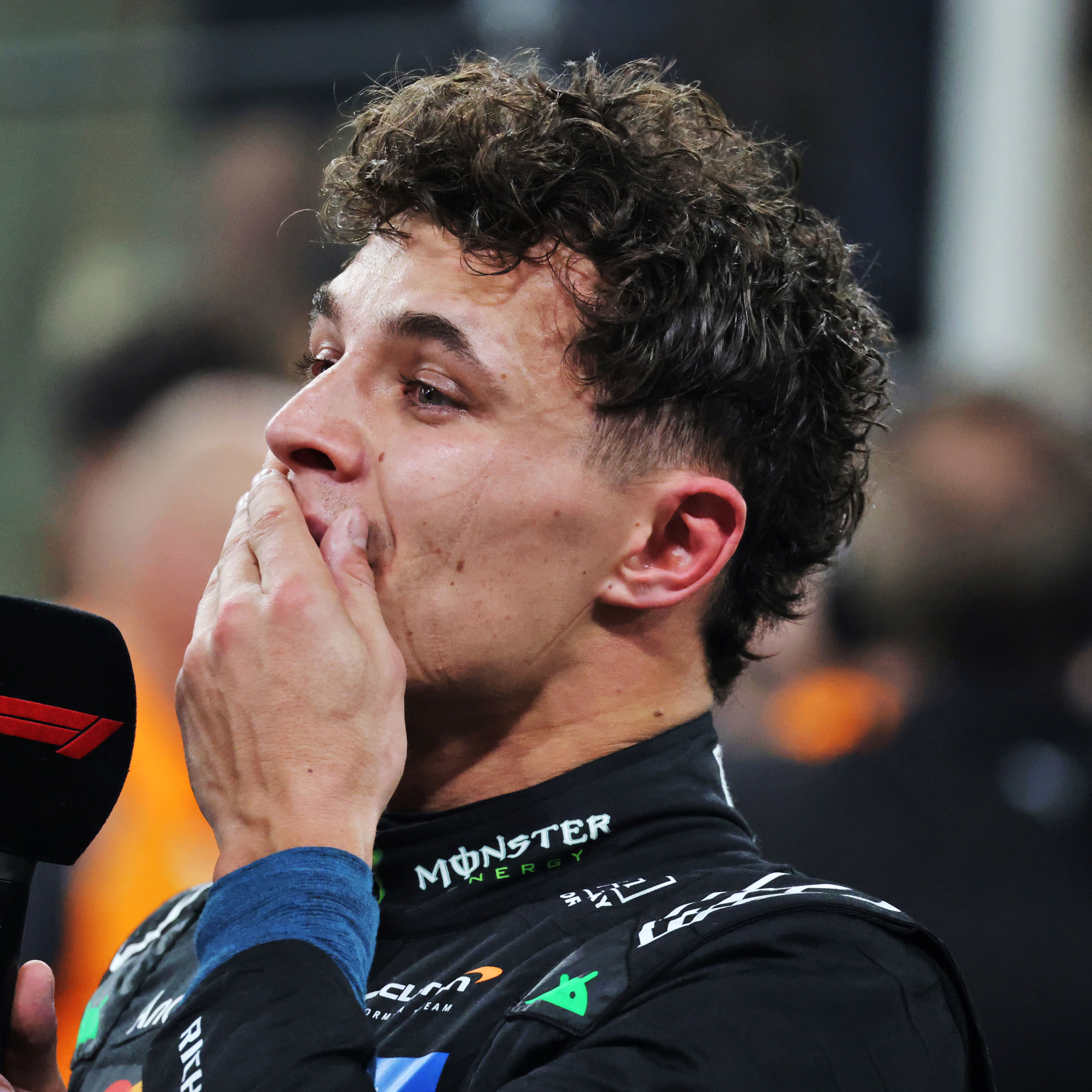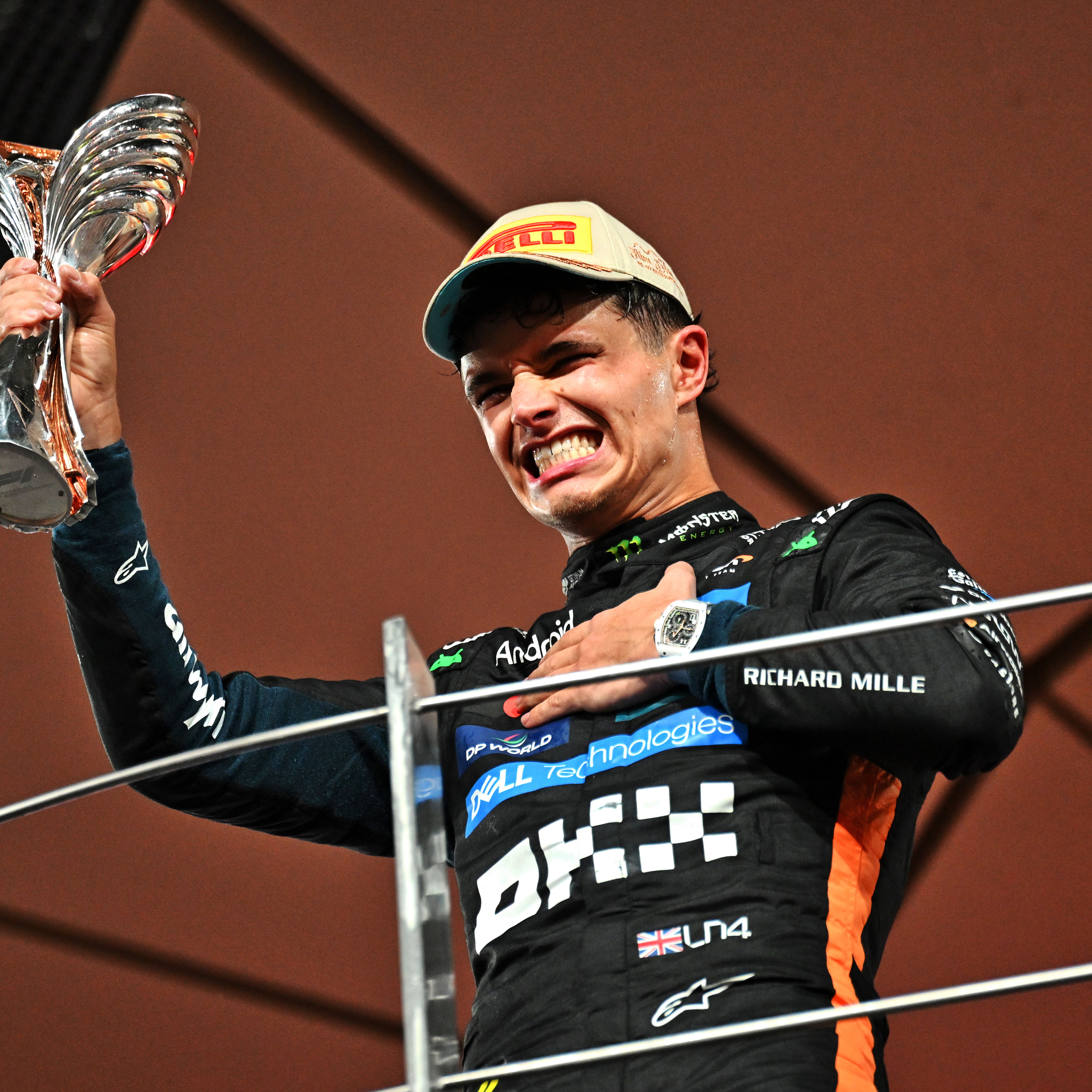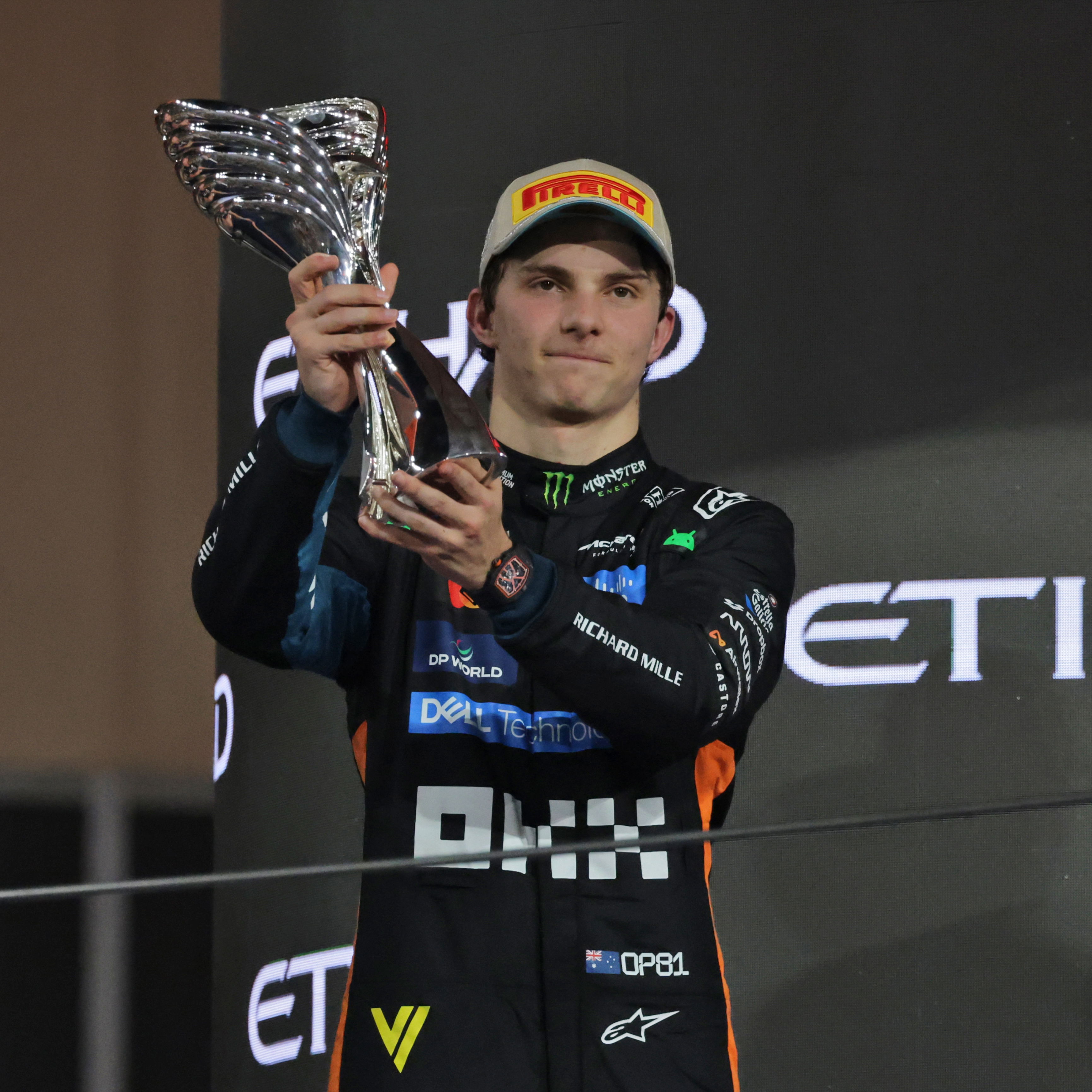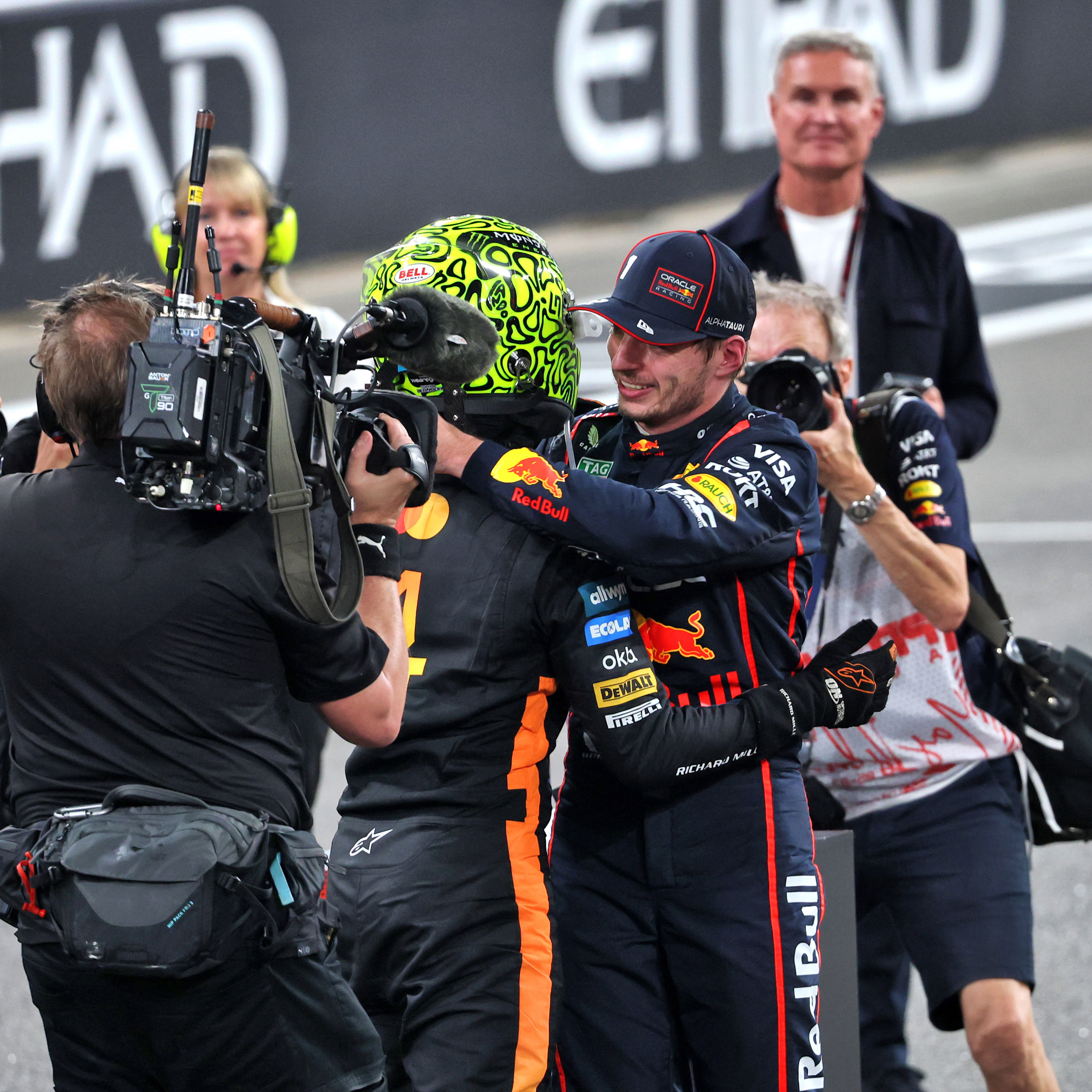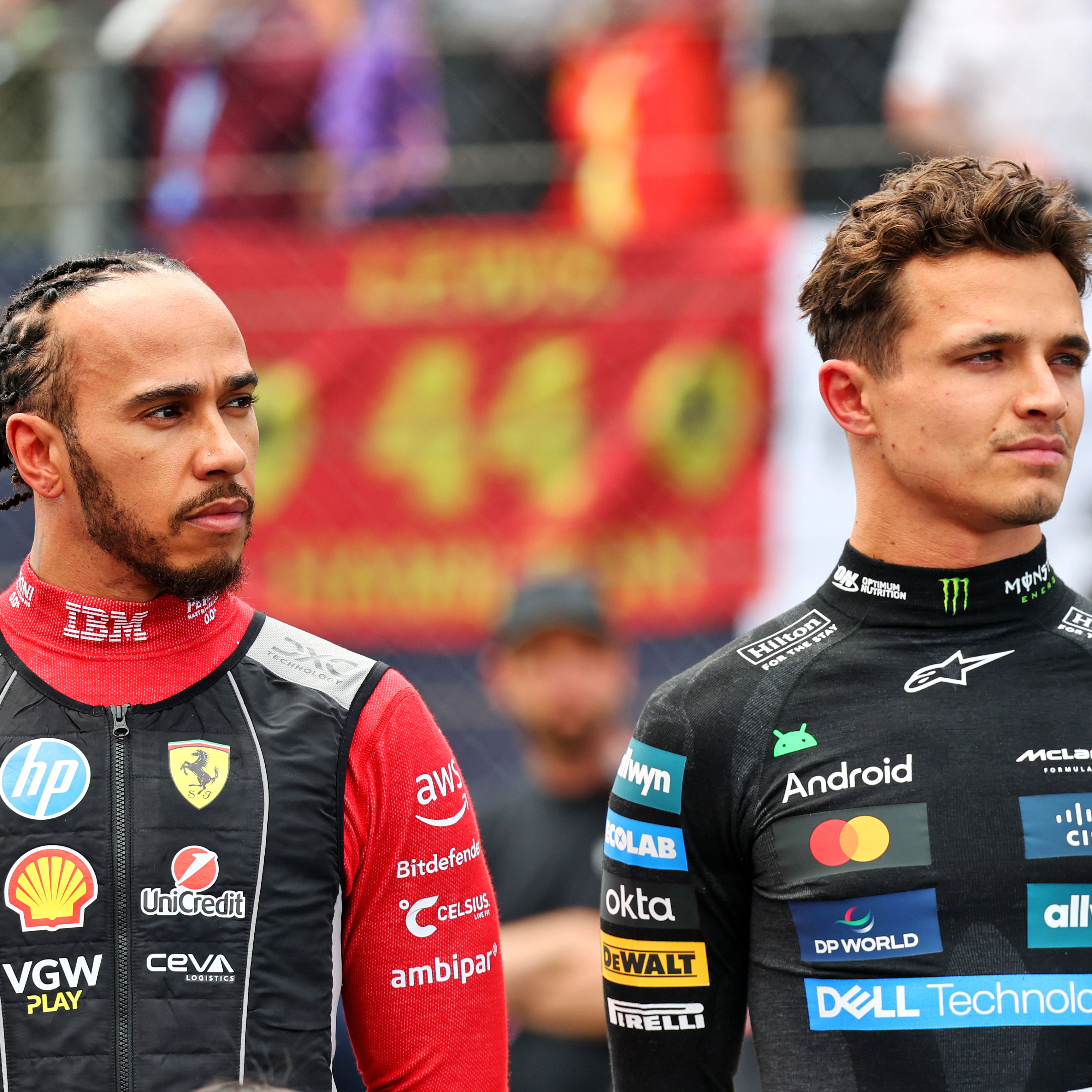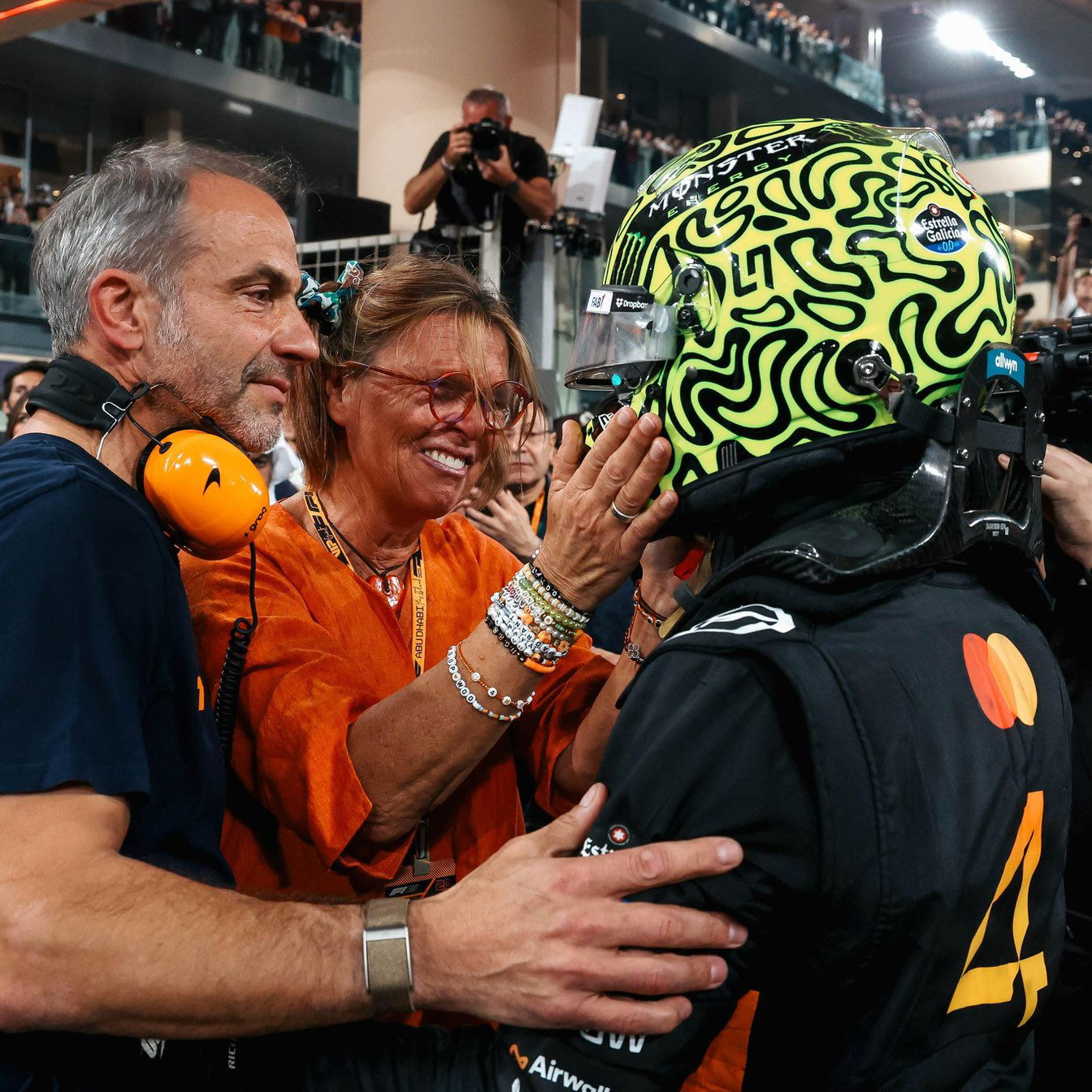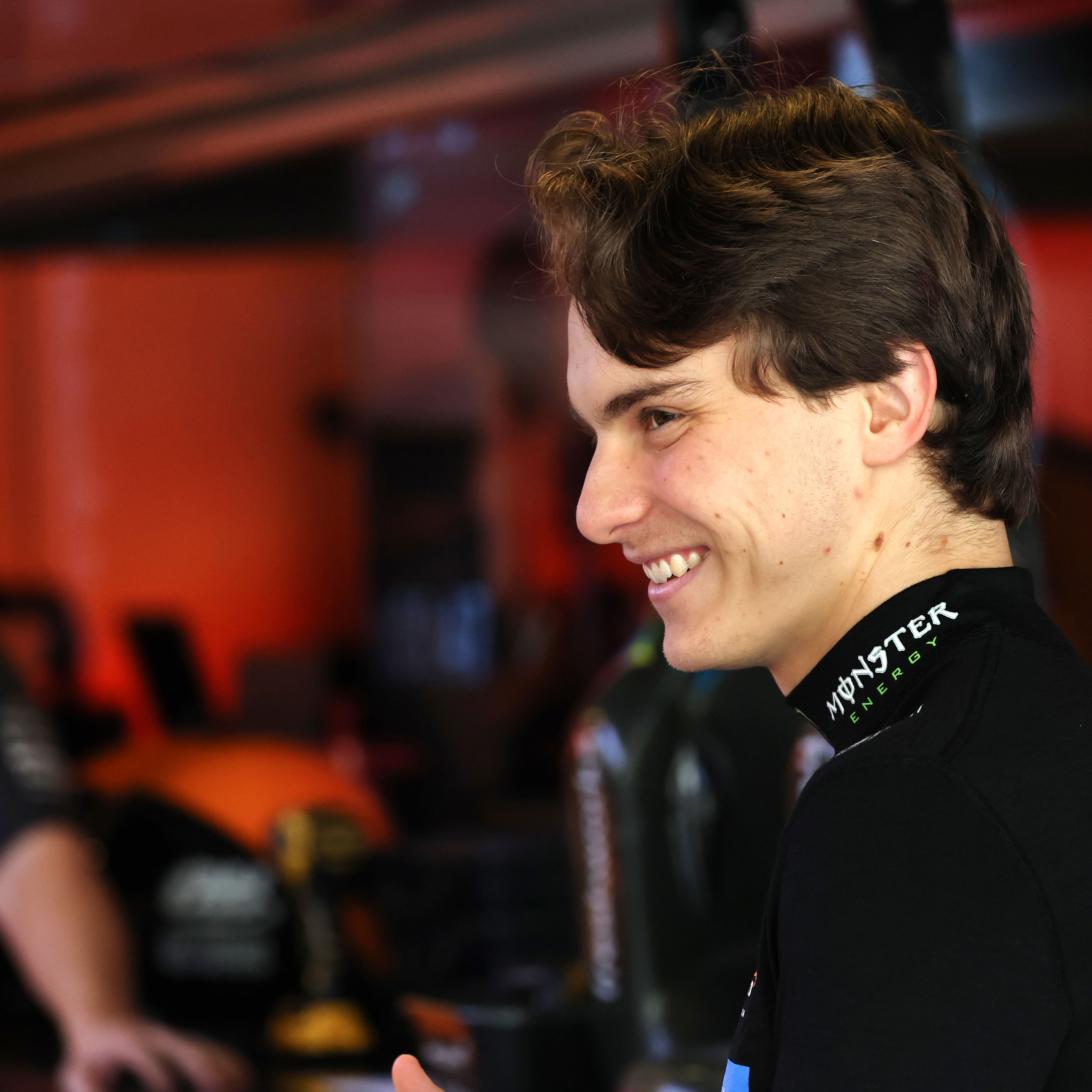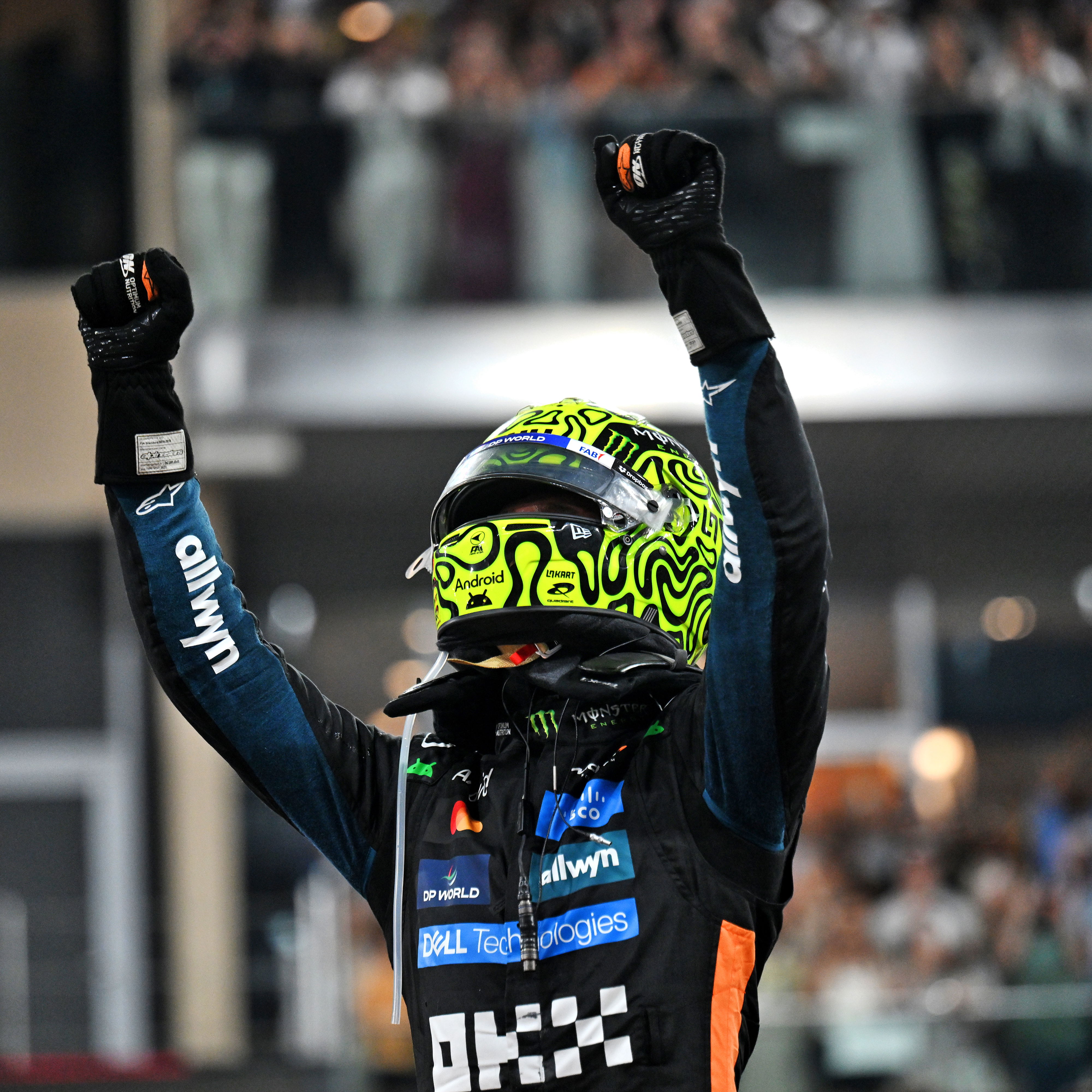US 2006: Same result, different story for Schumi.
If the American fans that gave Indianapolis and Formula One a second chance were looking for something different this season, they only got part of what they hoped for as Ferrari again romped to a 1-2 result.
Michael Schumacher duly took his fifth USGP win at the Brickyard, but was made to work for it, at least visually, as team-mate Felipe Massa made the better start from row one and headed the polesitter for the best part of 30 laps. After the first round of pit-stops, however, normality was restored, with Schumacher not headed thereafter.
If the American fans that gave Indianapolis and Formula One a second chance were looking for something different this season, they only got part of what they hoped for as Ferrari again romped to a 1-2 result.
Michael Schumacher duly took his fifth USGP win at the Brickyard, but was made to work for it, at least visually, as team-mate Felipe Massa made the better start from row one and headed the polesitter for the best part of 30 laps. After the first round of pit-stops, however, normality was restored, with Schumacher not headed thereafter.
The main talking point of the race was the absence of several cars after the opening lap, but the story was, thankfully, a little different to the farce that took place in 2005. This time, however, the consequences could have been more serious than the mass pull-out of twelve months ago, and it had nothing to do with tyres.
Instead, seven cars were eliminated in a brace of first corner shunts, the most serious seeing BMW Sauber's Nick Heidfeld sent into a series of barrel-rolls after being clipped by a combination of Kimi Raikkonen and Jenson Button. The Finn had already been hit up the rear by McLaren team-mate Juan Montoya - who claimed that Raikkonen braked more heavily than he had been expecting - and was left with nowhere to go as Button tried to pass around the outside of turn two. Heidfeld was an innocent victim of their touch, as was Scott Speed - who was trying to pick his way past the initial accident when he was collected by the spinning Raikkonen. Further back, Christian Klien spun into turn one, and was collected by Franck Montagny and Mark Webber, the Frenchman enduring yet another short race for Super Aguri.
The safety car was deployed to clear away the wreckage - Heidfeld's car was in the barriers but in bits, while the McLarens were stranded on the exit kerb at turn two and those of Klien and Montagny in the braking area for turn one - and that allowed those that had started at the back to close right up on those that had avoided the incidents by being at the sharp end of the grid.
The biggest gainers included Jarno Trulli, who had been forced to start from pit-lane after Toyota had to pull his car from parc ferme to replace the damaged suspension that caused the Italian to fall at the first stage of qualifying. Nico Rosberg, who had his times stripped for missing the weighbridge, and Tonio Liuzzi, who had opted for an engine change, also closed on to the tail of the field, which numbered just 15 after the first lap carnage.
The casualty list grew further under the safety car, as Button pitted for a new front wing, only to find water leaking from a damaged radiator. With a top-up prohibited by the regulations, Honda had no choice but to withdraw the luckless Briton.
Button was classified with three laps under his belt, half the number allocated to former BAR team-mate Takuma Sato, who greeted the restart by making contact with Midland's Tiago Monteiro. As usual, views on where the blame lay differed according to which camp was asked, with Sato claiming that Monteiro left him no room after turning in on the Super Aguri, while the Portuguese accused his rival of failing to brake hard enough into the tight right-hander. Whatever the cause, the field was inching perilously close to the single figures that had caused such uproar in 2005.
What made things all the more galling for Midland and Super Aguri - which had collided on more than one occasion in the past - was the fact that this was a race in which both could conceivably have scored points. With Montagny already out, Super Aguri was going home empty-handed, while Christijan Albers' Midland was showing the scars of battle and would require four pit-stops before eventually succumbing to gearbox failure.
Monteiro soldiered on to lap nine, the rear diffuser and sidepod on his M16 leaving a trail of debris into turn one for the three laps after the collision, while Jacques Villeneuve made it to lap 23 before his BMW locked solid and left him a spectator for the second time in two weekends.
At the front, Ferrari led as expected, but it was Massa who had seized the initiative with the better initial start. Beating team-mate Schumacher into the first corner, by virtue of having the inside the line, the Brazilian was out of the way of a potential incident between the past two world champions, as a fast-starting Fernando Alonso came around the outside of the pack and attempted to take second as he held the inside for turn two. Fortunately, both the Spaniard and Schumacher gave each other enough room to make the corner, but Alonso had to settle for third, ahead of team-mate Giancarlo Fisichella.
Massa might have also resisted pressure at the restart, had there been any, for the Brazilian caught his more seasoned team-mate napping as the pace car pulled off, and enjoyed a comfortable cushion into the first corner. Schumacher again found himself under attack from Alonso, but the Spaniard was also under fire from within the Renault camp, as the more lightly fuelled Fisichella attempted to better his position.
At lap ten, the order remained the same - to the frustration of both Schumacher and Fisichella - while Rubens Barrichello headed Ralf Schumacher, Villeneuve, Trulli, Rosberg, David Coulthard, Liuzzi and Albers in the chasing train. Fisichella finally got by Alonso into turn one at the start of lap 15, diving under the world champion with apparent ease - as if the call had come from pit-lane - but there was no such joy for Schumacher, who was forced to follow Massa's wing until the first of the pit-stops. That allowed Fisi to close in, but not enough to threaten the status quo when it came to refuelling.
Barrichello was the first to stop, but the real attention focused on the relative fuel loads of both Ferrari and Renault, and whether the Scuderia would use the power of the pit-stop to switch its two drivers. Schumacher was in first, the team turning him around in 8.2secs, while Massa followed a lap later, the pit-stop taking three-tenths less time - but the Brazilian still emerging behind his team-mate. It later transpired that Massa's in-lap had been anything up to two seconds slower than his average to that point, but there was no obvious error...
Once out in front, Schumacher was able to extend a gap back to the second Ferrari, and maintain a cushion between them, leaving the main focus of attention on the battle for third. Fisichella may have been the man in possession, but the Italian's position was far from secure, with Alonso, Barrichello and the two Toyotas all looking possible candidates for the final podium spot.
Alonso, however, appeared the least likely to steal third from his team-mate, who had been clearly the faster Renault all weekend. The Spaniard was reporting oversteer on his R26 as grip proved to be a problem, the Michelin tyres not able to live up to the performance of its Bridgestone opposition. As a result, the points leader was falling into the clutches of Ralf Schumacher and, latterly, Trulli, whose one-stop strategy had moved him into a strong position.
Benefiting from the pace car period, Trulli was in the thick of the action from the restart, and used his strategy to move into the top eight early on. Barrichello was the first to fall, running short and two stopping. Trulli's race plan also took him ahead of team-mate Schumacher, but the prize scalp was that of Alonso, who finally fell behind the Toyota when he made his second stop on lap 55. Traffic in the form of the battle between Rosberg and Liuzzi may have slowed the Renault slightly, but it was unlikely to have made a big enough difference to alter the result.
Alonso should have been classified in sixth spot, but a late wheel bearing failure on Schumacher's Toyota sent the German to the garage with just eleven laps to run, allowing the Renault man to claw back one point in his damage limitation exercise.
Schumacher's demise also promoted the battle between Liuzzi and Rosberg to one for the final point. The scrap had raged from the early stages and initially included Coulthard's Red Bull, which was harried mercilessly through the middle of the race by the supposedly inferior Toro Rosso.
Rosberg was ahead of the pair approaching their single pit-stops, emerging in ninth place, between DC and Liuzzi, who had been the first to stop. DC was in a handful of laps later, the RBR crew turning him around quickly enough to set up a race to pit-exit as the Williams came down the home straight. Coulthard held his nerve as the two cars appeared certain to come together in the braking zone for turn one, and had enough experience to keep his nose ahead into turn two.
Liuzzi also had to brave it out with the young German, diving to the inside of his Williams into the same corner on lap 57, Rosberg's wild swerve to the outside line proving fruitless in response. When Ralf pulled off six laps later, the Italian's move took on more serious meaning, giving Toro Rosso its maiden point in F1.

